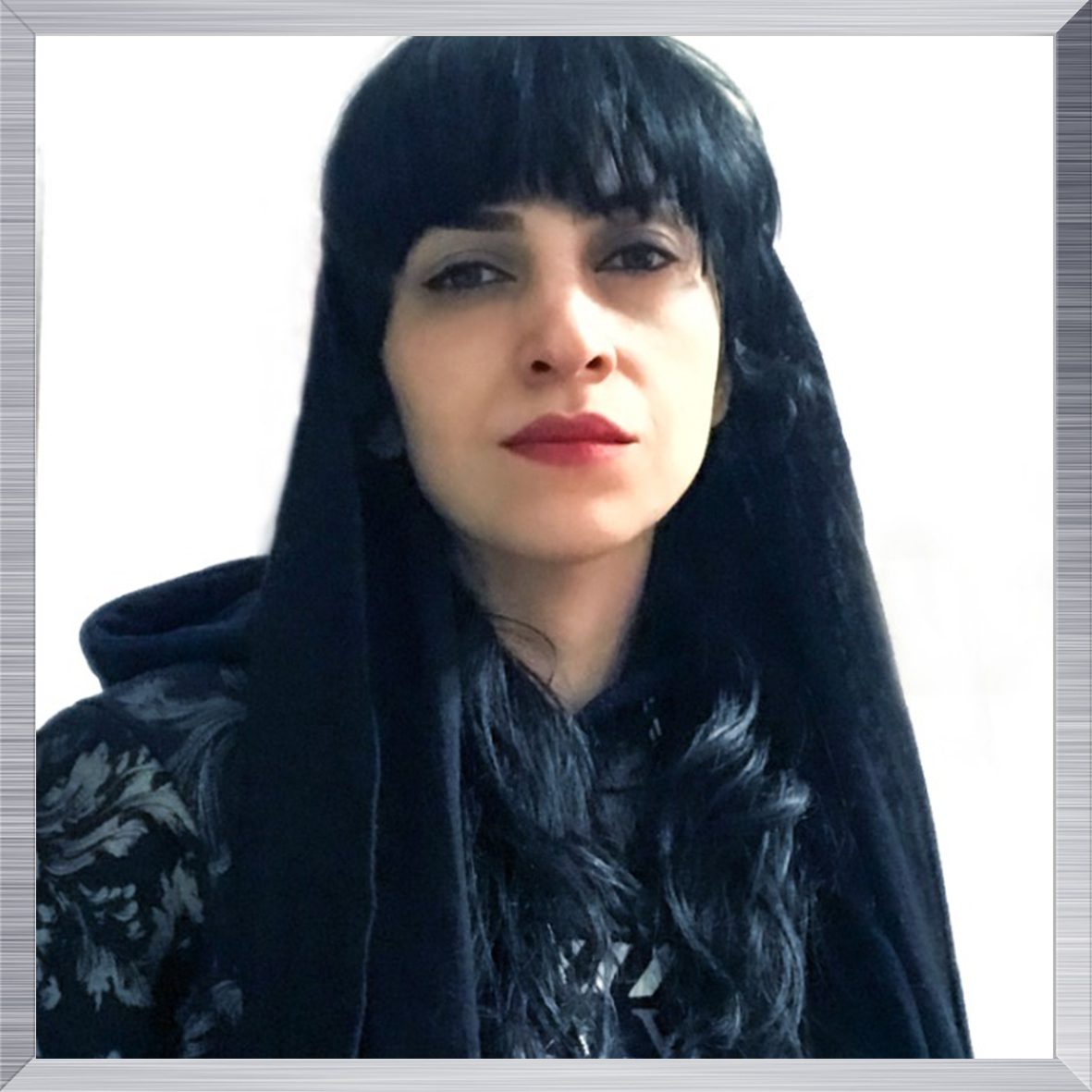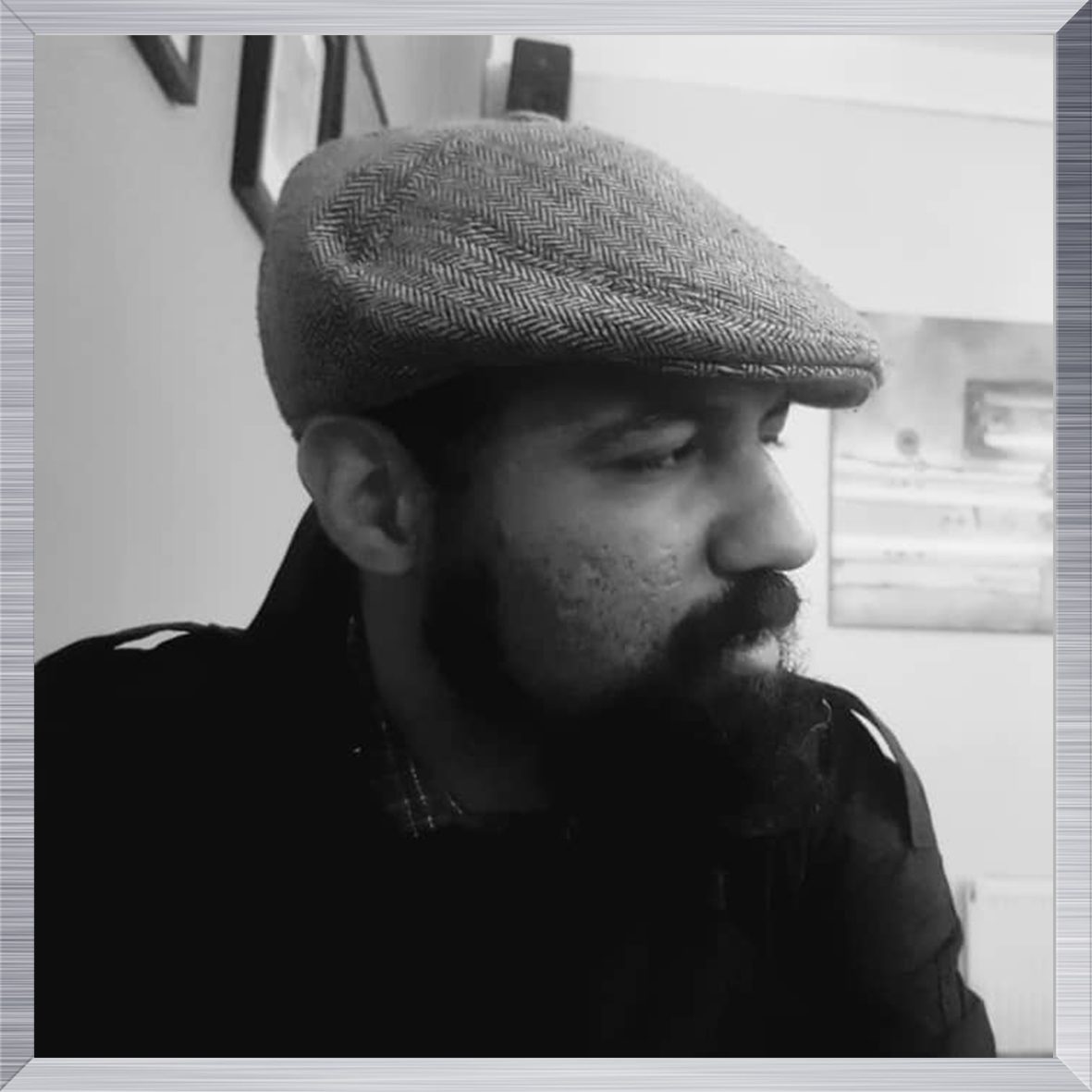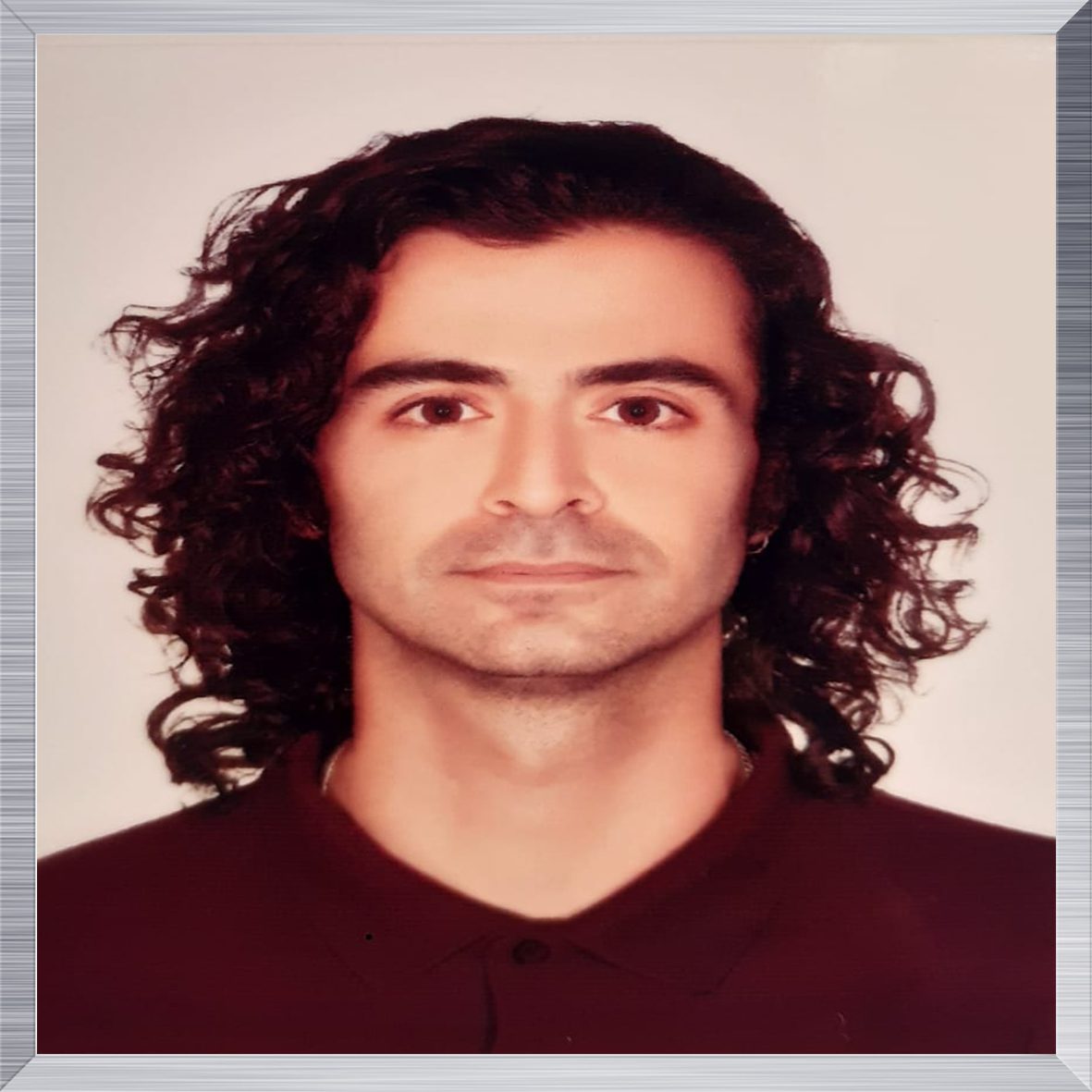We appreciate you participating in the interview; please introduce yourself.
My name is Ahmad Yazdi, born on 5th January 1983 in Karaj. After graduation in 2006, I joined my brother, who was engaged in jewelry design next to Tajrish Bazaar. Academic education in the molding field, relevant to jewelry design and casting, allowed me to engage in goldsmithing and unification workshops. I decided to develop my activity and mass production in 2014 by adding a manufacturing unit to the workshop.
You have been involved in goldsmithing and jewelry designing professionally; however, you have a master’s degree in management; does your academic education affect your business positively?
The necessity of communicating with customers and staff and entering developed markets ( I wanted to provide my products in Tehran and other cities) invited me to educate in MBA, which helped me handle related problems.
Do you think that jewelry making (gold and jewelry) and designing are two distinct categories?
The interrelated relationship of designing, plating, and stone setting demands to be skilled in all categories. Although several persons are required to construct a piece, having information about the production process from A to Z helps offer high-quality products with minor errors.
You have participated in jewelry making courses along with gemology and diamondology; do you believe in the necessity of acquiring gemology knowledge from jewelry makers and lapidarist, or did you choose this course due to your interest?
I believe that uneducated persons could be successful like educated ones; however, errors and trials will be frustrating. I remember a memory of stone set before participating in gemology courses. Like many goldsmiths, I sat stones on a chaharchang ring and didn’t know that Flourite possessed low hardness and I used similar techniques to set Flourite like other stones, which torn it into parts. This event navigated me toward the world of gemology to learn about gemstones’ features and limitations to avoid similar events. I appreciate my good star to set fragile stones safely on rings because I knew nothing about stones’ hardness in the past years. The gemology courses gave me more power in jewelry manufacturing.
What were the obstacles you encountered in your 20 years of activities in ornament and jewelry designing?
Nowadays, many people participate in practical and virtual courses; however, I had to serve as an apprentice to learn more and enter the market. The shortage of advanced and appropriate tools for unification is the main challenge to executing unique designs. I have to construct the required tool, and it decelerates the process of construction.
Is jewelry designing an art or industry?
Both of them because art represents jewelry and displays the delicacy and elegance of a work. Unification is an art; however, mass production highlights the role of industry. Industrialized production is under the influence of gold price because reducing gold wastes in manufacturing a piece is the main priority of goldsmithing.
Are your business and artistic activities related to each other?
When a goldsmith tries to use less gold ( due to its high price) for designing and manufacturing a piece, he emphasizes the significance of business aspects even in unification. My main activity is mass production, and I concentrate on constructing low-weight pieces to reduce expenses and fees to avoid pushing low-income people on the edges. It is about the importance of the commercial market. The story changes about unique pieces, in that beauty and artistic aspects prevail on the weight and expenses of a piece.
Is gemology the prerequisite of jewelry designing?
Education armed me with complete and practical knowledge to be a better dealer, and the MBA field taught me that customers evaluate designers’ skills and knowledge before a piece. I suggest designers benefit from gemology concerning customers and earn more profit.
Is your viewpoint on art commercial or artistic?
Gold is a valuable asset in Iran, and people liked to buy big pieces in the past; however new generation’s taste and the fluctuations of gold price lead people to order delicate and light pieces. So a goldsmith should equip his manufacturing line to execute high-quality orders to guarantee Iran gold market stability and customers’ purchasing power. Respecting customers’ trust and implementing excellent work is a must.
How do you anticipate your future activity in Iran?
Branding includes several parts: the beauty and comfort of the selling environment, added value, and offering information to customers. Turning blind eyes to these aspects can disrupt selling products. I believe that success is a multi-layered category, and if someone knows why customers should choose his works, he wins national and international markets.
Would you mind mentioning the last point?
I appreciate the time and hope my experiences help inexperienced goldsmiths and audiences.







